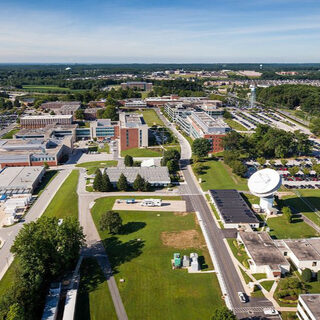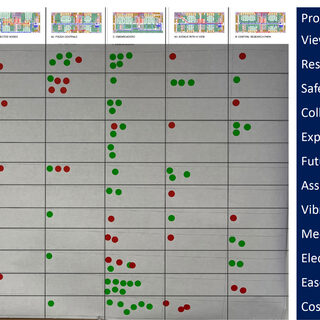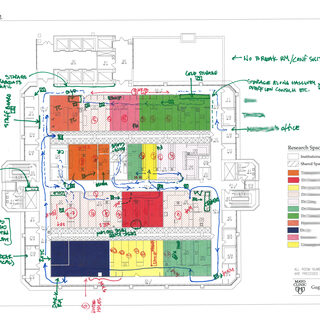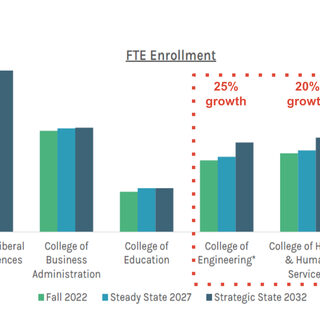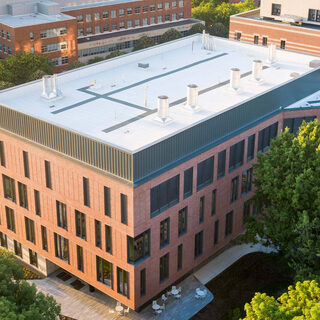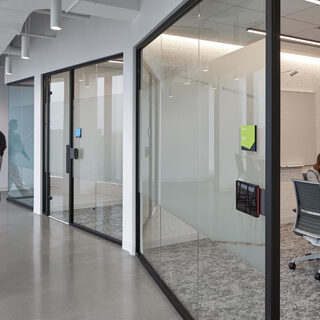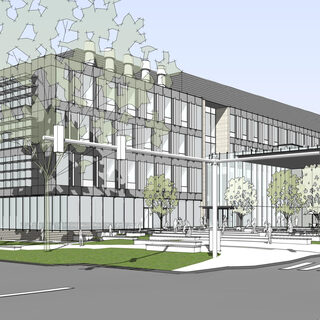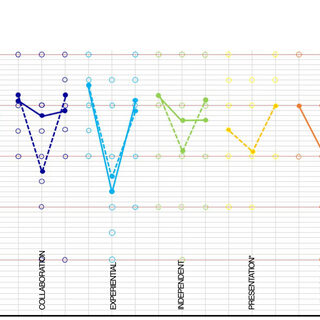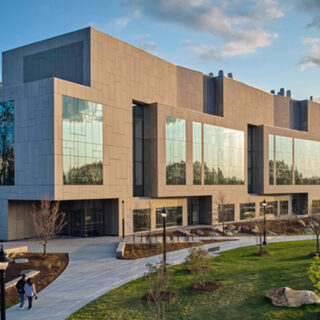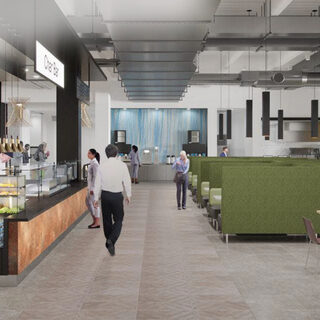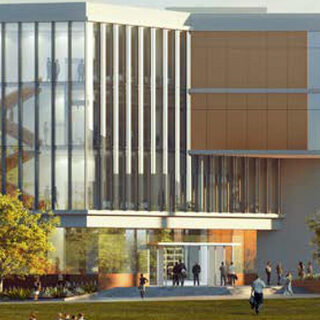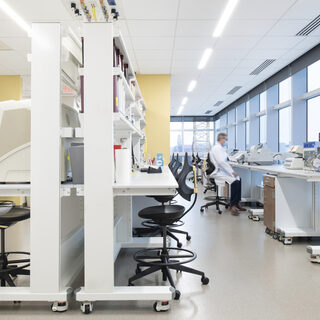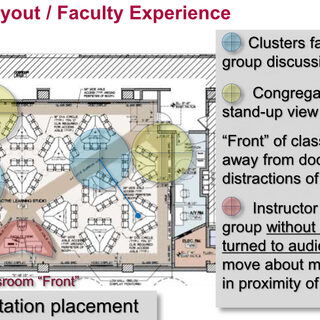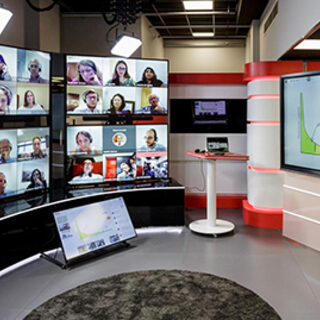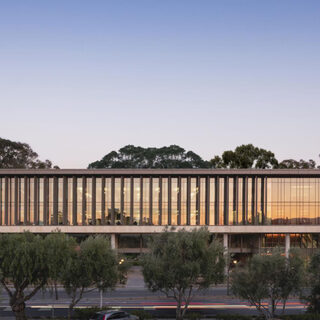Detailed Analysis of Badging Data at Johns Hopkins Applied Physics Laboratory Provides Valuable Insights for Post-Pandemic Space Planning
Highly accurate badging data generated by workers at the Johns Hopkins Applied Physics Laboratory (APL) in Laurel, Md., is giving space planners and administrators powerful new insights for making more efficient space planning decisions in the post-pandemic era. As the nation’s largest Department of Defense University Affiliated Research Center, the 450-acre campus consists of nearly 4 million sf of space, including cutting-edge cybersecurity, spacecraft, and robotics facilities. Badging data from APL’s 8,000-plus workers provides detailed information for comparing projected space needs with the hybrid utilization behaviors established during the COVID-19 pandemic. These new data-driven insights are now being used to inform decision-making for high-cost capital construction projects and short-term space planning initiatives.

